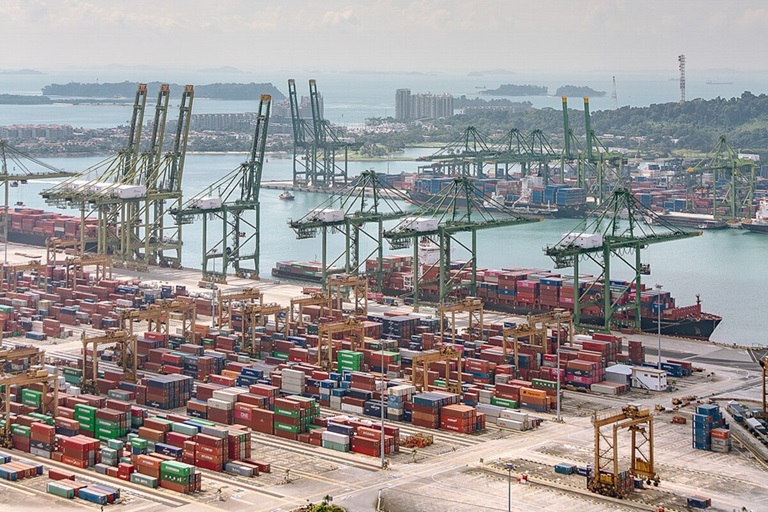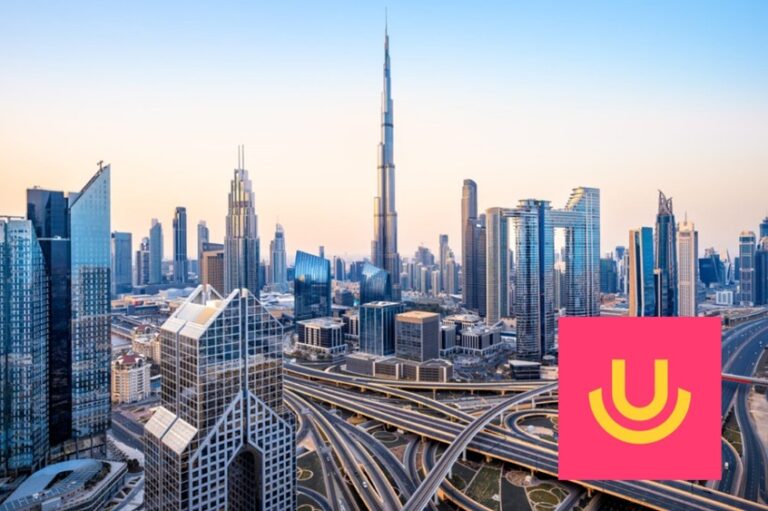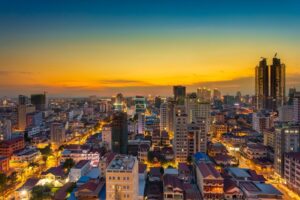In the latest episode of “As the Ocean Turns,” major shipping carriers find themselves embroiled in a high-stakes drama on the high seas. The plot thickens as the Red Sea diversions wreak havoc on their services, causing port congestion to make an unwelcome comeback. Hong Kong-based market intelligence firm Linerlytica, spills the tea, warning that the situation is only going to get more dramatic in the coming month.
Imagine your daily commute suddenly rerouted through the scenic, albeit lengthy, route around South Africa. That’s the new normal for vessels on their usual Asia to Europe runs. But wait, there’s more! The Houthi are adding extra spice to the storyline, threatening further detours into the Indian Ocean. Analysts are urging carriers to brace themselves for even longer distances and extended travel times. The saga of the seas is unfolding with twists and turns that no one saw coming.
Linerlytica paints a chaotic picture of the current congestion conundrum. Southeast Asia takes center stage as the worst bottleneck, accounting for a hefty 26 percent of the congestion drama, with North-Eastern Asia close behind at 23 percent. However, Singapore steals the spotlight as the epicenter of backlogs, with a staggering 450,000 TEU (twenty-foot equivalent units) waiting in the queue for shipping. Vessels are now facing up to seven-day waits for a berth at Singapore, compared to the good old days of a mere half-day wait.
The dramatic increase in transit times for containers leaving Asia has forced shipping companies to throw every available vessel into the mix. According to Linerlytica, this situation will compel them to extend their charters. Sea-Intelligence, another market intelligence firm, chimes in, reporting that transit times on popular Asia to Europe routes are seeing significant increases. The worst-hit are the Mediterranean ports, where carriers are now transshipping containers through intermediate ports to avoid the Suez Canal. Transit times in the first three months of 2024 have surged by 39 percent on average for the busiest Asia-Mediterranean pairings and by 15 percent for Asia-Northern Europe routes. The Eastern Mediterranean ports are feeling the brunt with a shocking 61 to 63 percent increase in minimum transit times, while the Central Mediterranean ports aren’t far behind with a 39 to 40 percent increase.
The congestion at Singapore is causing a domino effect, forcing vessels to wait at associated anchorages and even further from the port. In an attempt to manage the longer transit times and growing delays, carriers are skipping less busy ports like Port Klang in Malaysia. This decision is causing boxes to pile up or be rerouted to already strained ports like Singapore, exacerbating the congestion. Vessel bunching at various points along the routes adds another layer of complexity to this unfolding drama.
Globally, Linerlytica estimates that two million TEU of ship capacity, or seven percent of the global fleet, is now caught in this congestion nightmare. As these pressures build, shipping costs are skyrocketing, reminiscent of the pandemic era. Several reports warn that prices are surging back to those levels as this new wave of port congestion sweeps through the market.
(Source: Maritime Executive | Linerlytica | Sea Intelligence | Seatrade Maritime)







